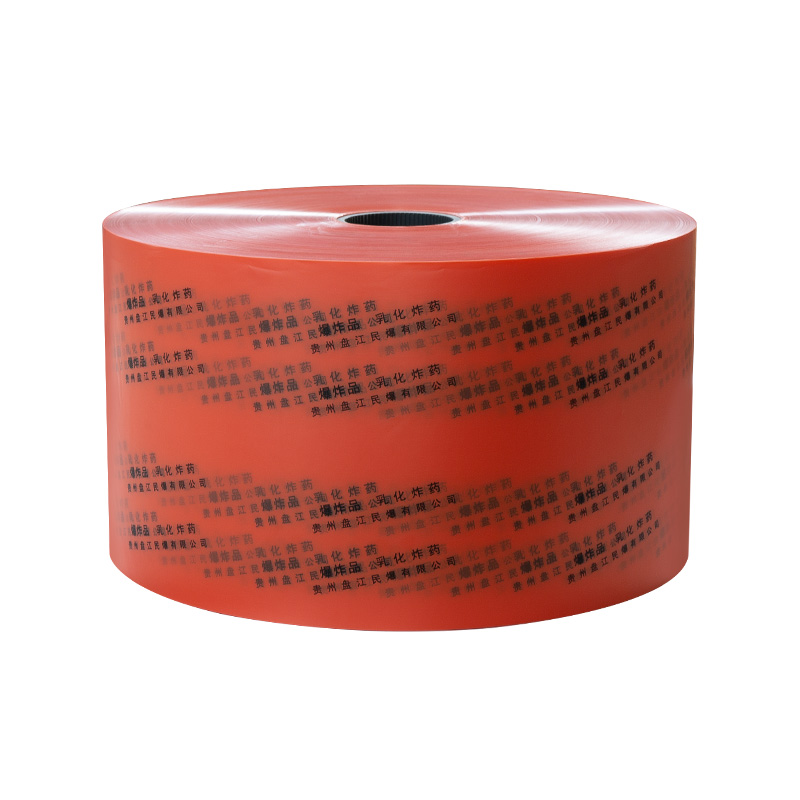Additives and fillers play several crucial roles in enhancing the strength and performance of strong cross film materials:
Reinforcement: Additives such as nanoparticles (e.g., silica, carbon nanotubes) or microscale fillers (e.g., glass fibers) can reinforce the polymer matrix, improving mechanical properties like tensile strength, modulus, and toughness. These reinforcements help distribute stress more evenly throughout the film, reducing the likelihood of crack propagation and enhancing overall strength.
Barrier Properties: Certain additives can improve the barrier properties of cross film, making it more resistant to permeation by gases, liquids, and moisture. This is particularly important in applications where environmental protection or containment is required.

Thermal Stability: Additives and fillers can enhance the thermal stability of cross film by providing thermal insulation, flame retardancy, or resistance to high temperatures. These properties are crucial in applications where the film may be exposed to heat or fire.
UV Resistance: UV stabilizers and antioxidants can be added to cross film formulations to protect against degradation caused by exposure to ultraviolet (UV) radiation. These additives help extend the lifespan of the film, especially in outdoor applications where UV exposure is inevitable.
Processing Aid: Some additives act as processing aids, improving the manufacturability of cross film by enhancing melt flow, reducing viscosity, or preventing sticking during processing. This can result in more uniform film formation and improved mechanical properties.
Functional Properties: Certain additives can impart specific functional properties to cross film, such as antimicrobial activity, antistatic properties, or electrical conductivity. These additives expand the range of applications for cross film and enhance its performance in specialized environments.
The selection and optimization of additives and fillers play a critical role in tailoring the properties and performance of strong cross film materials to meet the requirements of diverse applications in industries such as packaging, construction, automotive, and electronics.



 English
English 中文简体
中文简体














